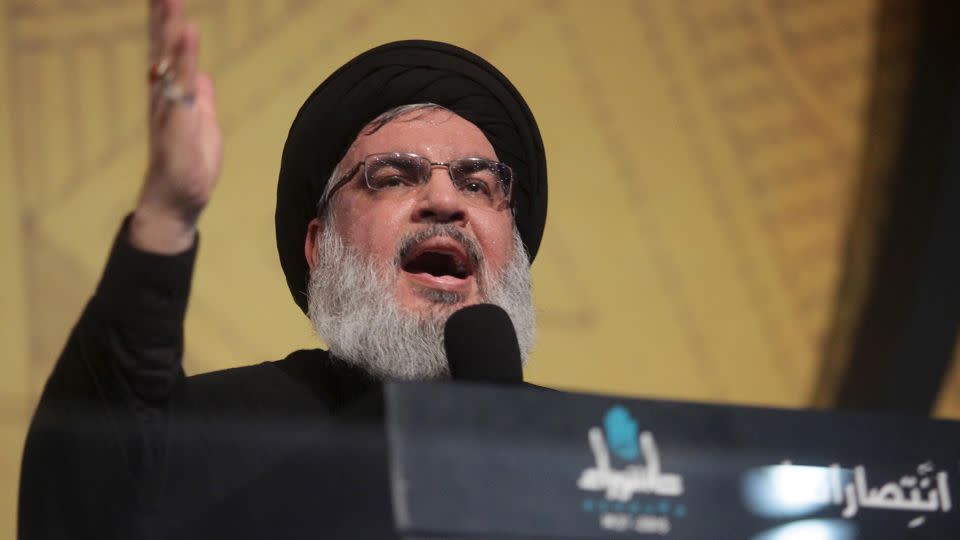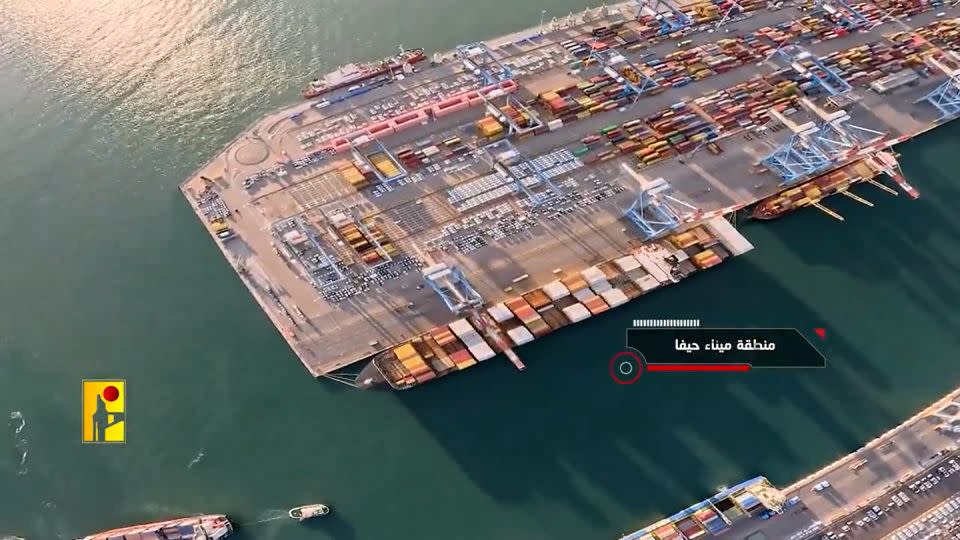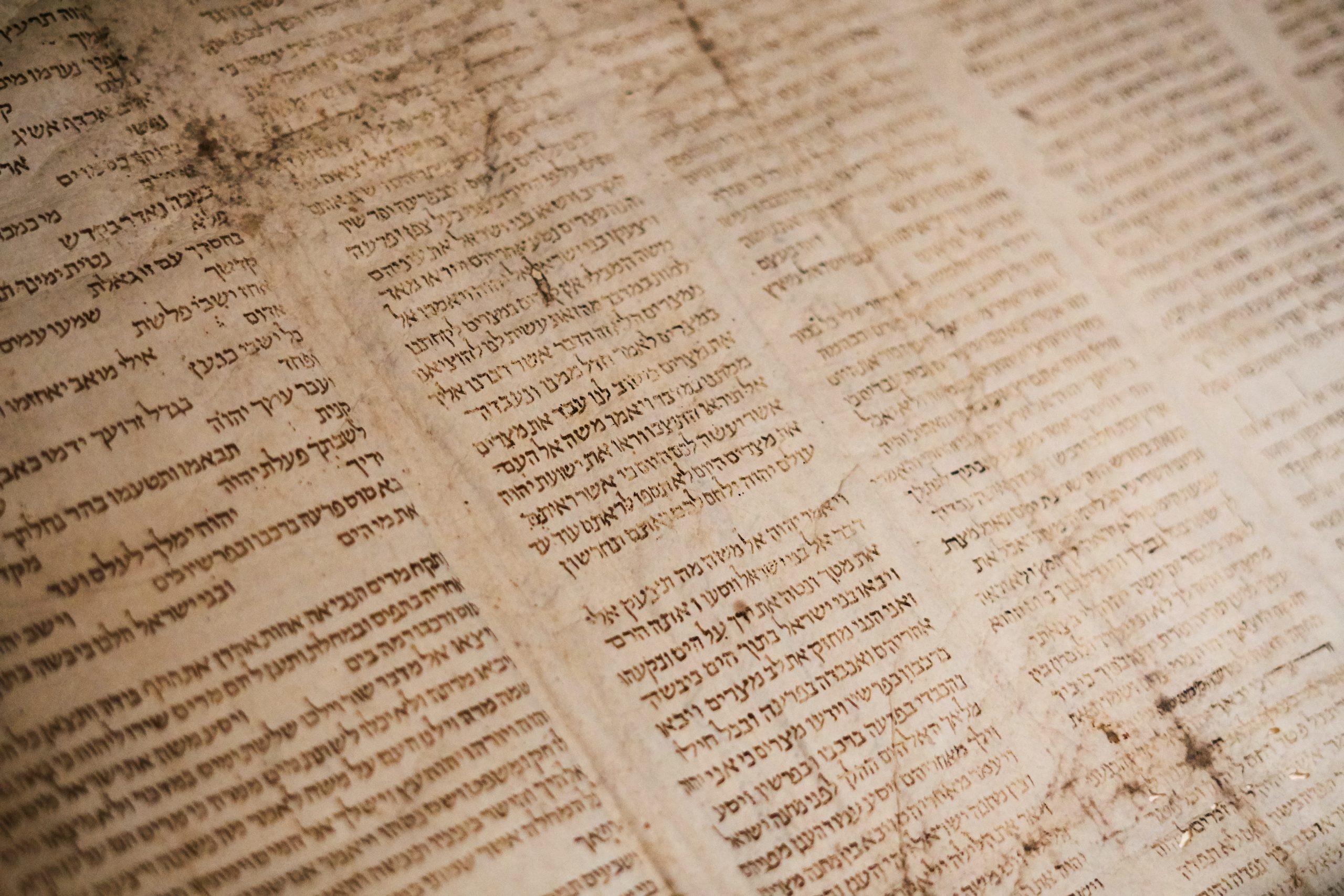The leader of Lebanese militant group Hezbollah threatened Wednesday to target the European island of Cyprus if war breaks out between Israel and Lebanon.
“Cyprus will be part of this war too” if it opens its airports and bases to Israeli forces, Hassan Nasrallah said in a televised address that came just a day after Israel warned the powerful Iran-backed militant group that the prospect of “all-out war” was “getting very close.”
The comments by the Hezbollah leader are the first time he has threatened Cyprus, a member of the European Union that lies in the Mediterranean sea, roughly 125 miles (200 kilometers) from Lebanon, and which has held joint military exercises with Israel since 2014 and as recently as last year.
Nasrallah’s threat came as part of a fiery response to Israel’s warning that saw him boast of his group’s growing capabilities and threaten to “shake the pillars” of Israel if a war “were to be imposed on Lebanon.”
Tensions between Hezbollah and Israel have been rising since the October 7 Hamas attacks and the ensuing military campaign by the Israel Defense Forces in Gaza. In recent weeks, the intensity of cross-border attacks between the two has increased, raising concerns over the prospect of a full-blown war.

Those prospects took a turn for the worse Tuesday, when Hezbollah flaunted a 9-minute video filmed by a drone showing civilian and military locations in and around one of Israel’s largest cities, Haifa. The video prompted Israeli Foreign Minister Israel Katz to warn of an “all-out war” in which “Hezbollah will be destroyed, and Lebanon severely beaten.”
On Wednesday, Nassrallah celebrated the video as evidence of its growing ability to gather intelligence.
“The enemy knows that no place in the entire (state) is safe from our missiles, and it won’t be arbitrary. Everything will be deliberately targeted,” Nasrallah said in his speech.
“We have long hours of footage of Haifa, of the outskirts of Haifa, and what comes after Haifa, and after after Haifa,” Nasrallah said, in an apparent reference to a Hezbollah slogan from the 2006 war with Israel, when the group’s rockets hit Haifa for the first time.
In response to the threat by Nasrallah, Cyprus’ President Nikos Christodoulides said the island was in “no way involved in the war conflicts.”
“The Republic of Cyprus is not part of the problem. The Republic of Cyprus is part of the solution,” Christodoulides said. “And our role in this, as demonstrated, for example, through the humanitarian corridor, is recognized not only by the Arab world but by the international community as a whole.”
What the drone footage shows
Parts of the Hezbollah footage, filmed in the daytime, claimed to show Krayot, a cluster of “highly populated” residential cities north of the Israeli city of Haifa and 28 km (17 miles) south of the Lebanese border, along with malls and high rises.
Other parts claimed to show a military complex near Haifa belonging to Israeli weapons manufacturer Rafael – including Iron Dome batteries, missile storage sites and radar sites – and military boats, ships and oil storage depots in the port of Haifa.
CNN analysis has geolocated the video to a number of locations around Haifa. Those locations include a number of sensitive areas, including at least two military installations: a base in northern Haifa and the port of Haifa. The drone also flew over the oil tanks that sit north of Haifa, the Haifa airport and several residential areas.
CNN also analyzed the shadows in the videos, which indicate the drone mission over Haifa lasted multiple hours, or took place over multiple days. The analysis shows parts of the video have been sped up.
Weapons expert Wim Zwijnenburg, project leader for humanitarian disarmament at the Dutch peace organization PAX, told CNN that a drone visible in the footage appears to be “an Iranian-origin model of a Qasaf-2k, possibly manufactured locally.”


‘Psychological terror’
The mayor of Haifa, Yona Yahav, has described the video as “psychological terror” and demanded a protection plan for his city, criticizing IDF commanders for not having visited Haifa since the October 7 Hamas attack.
“I demand that the government present a plan for the massive defense of Haifa and find a military solution to eliminate the threat posed from the north,” Yahav told Israeli radio station Reshet Bet.
Hezbollah has claimed the video was the “first episode,” suggesting more videos would surface from deep inside Israeli territory.
A Hezbollah lawmaker in the Lebanese parliament who referenced the video in a social media post has also suggested more is to come.
“This is what the party [Hezbollah] announced and you saw, but what is hidden is greater and greater and greater! Haifa and beyond, beyond, and beyond Haifa,” Ibrahim Mousawi said in the post.
His message appears to be a reference to a phrase coined by Nasrallah during the 2006 Israel-Hezbollah war, when he said the militant group would fire rockets at Haifa “and beyond Haifa”.
However, Israeli government spokesman David Mencer called the drone video the usual “mischief making propaganda” and said “we know precisely how to deal with [Hezbollah] one way or the other – diplomatically or through military means.”
Israeli military increasing readiness
Israel has been preparing for the possibility that diplomatic efforts to reduce hostilities with Hezbollah could fail. The release of the footage comes as Israel’s military says it has “approved and validated” operational plans for an offensive in Lebanon and made decisions on increasing the readiness of troops in the field.
The plans were approved by the commanding officer of the Northern Command and the head of the Operations Directorate during a joint situational assessment to prepare for the continuation of combat, the IDF said in a statement.
The approval of the operational plans does not mean a war between Israel and Hezbollah is imminent – but it does signal that Israel intends to be ready for such a scenario.
In response to the Hezbollah video, the IDF Chief of Staff Lieutenant General Herzi Halevi said Wednesday that the Israeli military was “preparing and coming up with solutions to deal with these and other capabilities.
“We have many more forces in the IDF that are engaged in an offensive against Hezbollah,” Halevi said in a conversation with Israeli troops at an aerial defense battery along Israel’s northern border with Lebanon.
“I believe the enemy knows only a little about the capabilities we have and will face them, when necessary, at the right time,” Halevi added.
Hezbollah has fired more than 5,000 rockets, missiles and drones at northern Israel since October 7, claiming that its attacks are in solidarity with the Palestinian people.
Hezbollah has said in the past that it will only stop firing on Israel if Israel stops the war in Gaza.
For its part, Israel has carried out hundreds of strikes in Lebanon and evacuated approximately 60,000 residents from the northern border. More than 90,000 Lebanese have also fled their homes in the area.
The US has sought a diplomatic off-ramp to avoid a wider war that could spread to the region, sending special envoy Amos Hochstein to Israel and Lebanon this week to try to ease tensions.
Israel and Hezbollah exchanged more cross-border fire on Wednesday in the latest round of hostilities on the combative border, a day after the visit by the Biden aide ended.
Hezbollah revealed that four of its fighters from southern Lebanon were killed without specifying when or how they died. The Iran-backed group also announced it had targeted Metula and Kryat Shmona in northern Israel with drones.
Videos shared by Lebanese media close to Hezbollah showed plumes of smoke rising from the southern Lebanese village of Burghalia after an Israeli strike, with more strikes on other Lebanese villages including Mais Al-Jabal, Talat Al-Awaida, Al-Khiyam and Hula, according to the state-run news agency NNA.
Additional reporting by Sharon Braithwaite.
For more CNN news and newsletters create an account at CNN.com


















